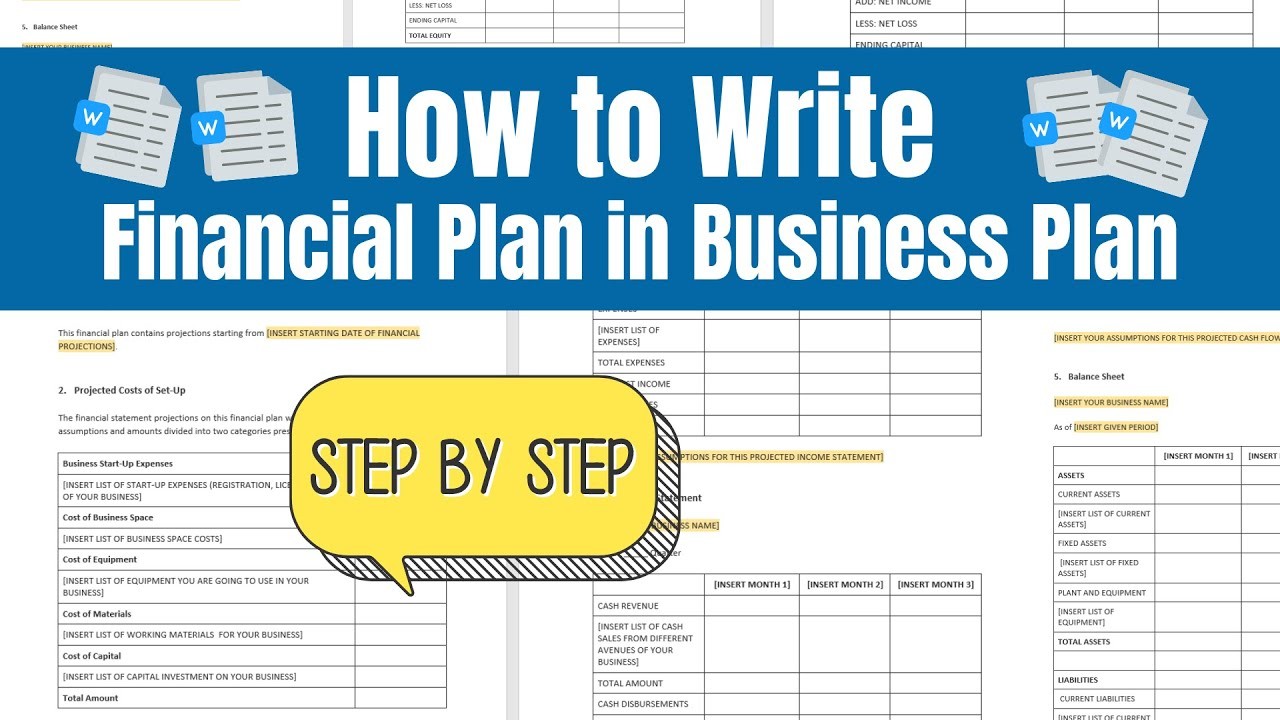
In the complex currents of modern life, where economic shifts and personal aspirations constantly intersect, the concept of a financial plan often evokes images of dense spreadsheets, intimidating jargon, or the exclusive domain of the ultra-wealthy. Yet, far from being a rigid, once-and-done document, a truly effective financial plan is a dynamic, personalized roadmap, designed to navigate the journey from current financial reality to future prosperity. It’s not about being an expert in finance; it’s about intentionality, foresight, and disciplined execution, empowering individuals to make informed decisions that align their money with their deepest values and goals.
The bedrock of any robust financial plan is a clear and honest **assessment of your current financial situation**. This involves meticulously detailing your income from all sources and cataloging all your expenses, both fixed and variable. Understanding precisely where your money comes from and, more critically, where it goes, is the indispensable first step. Many people are genuinely surprised when they see a comprehensive breakdown of their spending, often revealing financial leaks they were unaware of. Beyond income and expenses, compile a list of all your assets (savings accounts, investments, property) and all your liabilities (debts like credit cards, student loans, mortgage). This comprehensive snapshot provides the essential data points from which all future planning will emanate. Without this clear understanding, any subsequent steps would be based on assumptions rather than reality.
Once you have a clear picture of your present, the next crucial phase involves **defining your financial goals**. These should be specific, measurable, achievable, relevant, and time-bound (SMART). Goals can range from short-term aspirations, like building an emergency fund or saving for a down payment on a car, to medium-term objectives, such as saving for a home or funding a child’s education, and long-term visions, like achieving a comfortable retirement or starting a business. For instance, instead of a vague goal like “save more money,” a SMART goal would be “save $10,000 for a down payment on a car within the next 18 months.” Clearly articulated goals provide the motivation and direction for your financial decisions, transforming abstract desires into actionable targets.
With goals in place, the plan truly begins to take shape through the creation of a **realistic and disciplined budget**. A budget is not a straitjacket designed to restrict your joy; rather, it is a powerful tool that allocates your financial resources purposefully towards your defined goals. It involves assigning every dollar of your income to a specific category, ensuring that spending aligns with your priorities. There are various budgeting methods, from the 50/30/20 rule (50% needs, 30% wants, 20% savings/debt repayment) to zero-based budgeting (every dollar has a job). The key is to find a method that resonates with you and that you can consistently stick to. For example, if your goal is to pay down credit card debt, your budget will need to ruthlessly prioritize that repayment by reducing discretionary spending. Regular review and adjustment of your budget are essential, as life circumstances inevitably change.
Beyond the immediate budget, a truly effective financial plan addresses **debt management and emergency preparedness**. High-interest debt, such as credit card balances, acts like a financial anchor, constantly dragging down your progress. A clear strategy to systematically eliminate these liabilities, often using methods like the debt snowball or debt avalanche, is fundamental. Simultaneously, building a robust emergency fund—ideally three to six months of living expenses in an easily accessible, liquid account—provides a crucial safety net against unexpected job loss, medical emergencies, or unforeseen expenses. This fund prevents financial setbacks from derailing your carefully constructed plan and eliminates the need to resort to high-interest debt when crises arise.
The backbone of long-term financial success lies in **strategic investing**. Once an emergency fund is secure and high-interest debt is managed, the focus shifts to making your money work for you. This involves understanding your risk tolerance, diversifying your portfolio across various asset classes (stocks, bonds, real estate), and leveraging tax-advantaged accounts like 401(k)s, IRAs, or RESPs. The power of compound interest, where your earnings generate their own earnings, is the engine of long-term wealth accumulation. A financial advisor can be invaluable at this stage, helping you select appropriate investment vehicles and develop a portfolio that aligns with your timeline and goals. For instance, for retirement savings, consistently contributing to a diversified low-cost index fund over several decades can lead to substantial wealth, even with modest regular contributions.
Finally, a working financial plan is not static; it requires **regular review and adaptation**. Life is unpredictable, and your financial plan should be flexible enough to accommodate significant life events such as career changes, marriage, starting a family, or unexpected expenses. Schedule annual or semi-annual financial check-ups with yourself or your financial advisor to review your progress, reassess your goals, and make necessary adjustments to your budget and investment strategies. This ongoing engagement ensures that your financial plan remains relevant, effective, and continuously aligned with your evolving life circumstances and aspirations.
In conclusion, building a financial plan that truly works is an empowering process that transforms financial aspirations into tangible realities. It begins with honest self-assessment, moves through meticulous goal-setting and budgeting, prioritizes debt management and emergency preparedness, embraces strategic investing, and culminates in consistent review and adaptation. This holistic approach, when applied with discipline and patience, provides clarity, reduces stress, and ultimately empowers individuals to navigate their financial journey with confidence, security, and a clear path towards achieving their most cherished life goals.